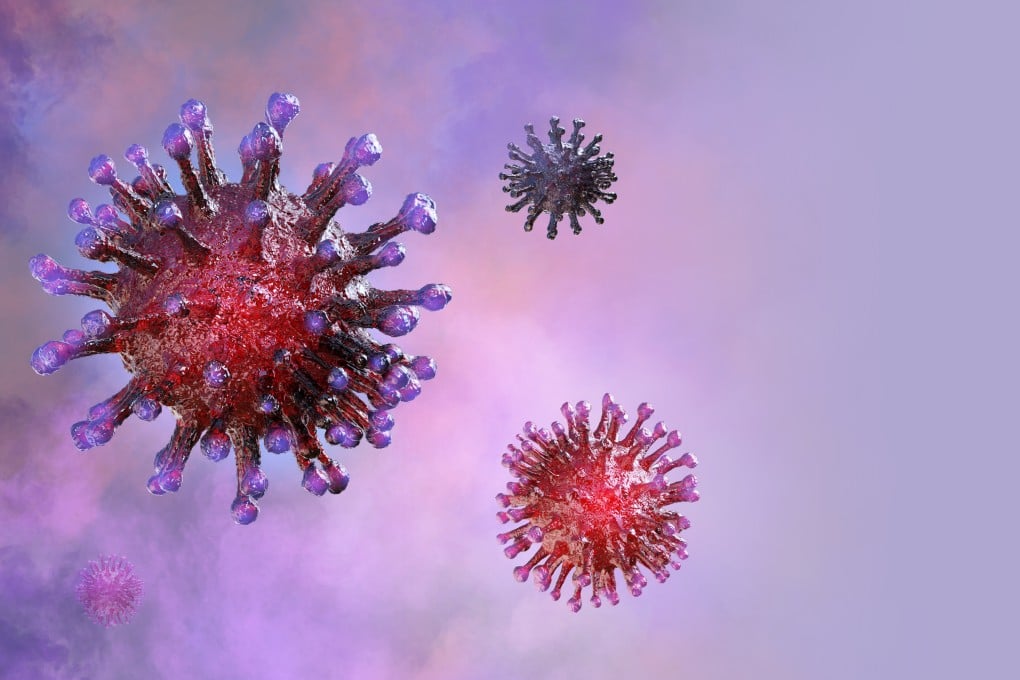Advertisement
Coronavirus: China reports first case of coinfection by two Omicron subvariants
- Disease control authorities say a woman in Chongqing tested positive for a virus that had features of two Omicron strains
- She may have been exposed to the different variants through contact with patients during her two hospital stays
Reading Time:2 minutes
Why you can trust SCMP
2

Sylvie Zhuangin Beijing
China has reported its first case of a patient infected with two Omicron subvariants of the coronavirus at the same time.
In a paper released on Friday, the Chinese Centre for Disease Control and Prevention said the patient was a 67-year-old woman living in Yunyang county, Chongqing.
The woman tested positive in two samples for a virus that contained features of subvariants BA.5.2.48 and BF.7.14, according to the paper on China CDC Weekly.
Advertisement
BA.5.2.48 is responsible for more than 90 per cent of cases in Chongqing while BF.7.14 accounts for around 3.8 per cent.
The patient first tested positive for Covid-19 on December 29, as the country was in the grip of infections in the aftermath of its sudden abandonment of the zero-Covid policy.
Advertisement
Advertisement
Select Voice
Choose your listening speed
Get through articles 2x faster
1.25x
250 WPM
Slow
Average
Fast
1.25x